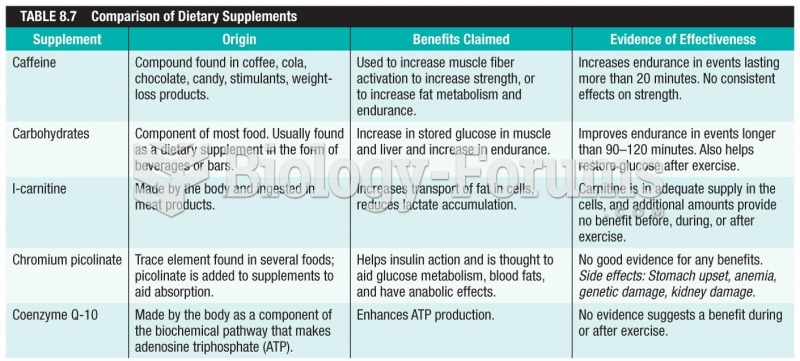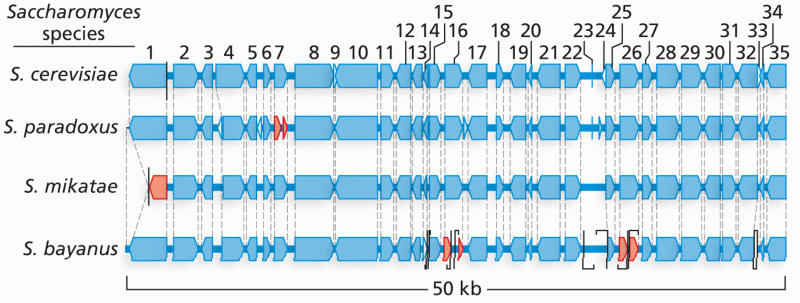|
|
|
Disorders that may affect pharmacodynamics include genetic mutations, malnutrition, thyrotoxicosis, myasthenia gravis, Parkinson's disease, and certain forms of insulin-resistant diabetes mellitus.
About 100 new prescription or over-the-counter drugs come into the U.S. market every year.
Cutaneous mucormycosis is a rare fungal infection that has been fatal in at least 29% of cases, and in as many as 83% of cases, depending on the patient's health prior to infection. It has occurred often after natural disasters such as tornados, and early treatment is essential.
More than 34,000 trademarked medication names and more than 10,000 generic medication names are in use in the United States.
People with high total cholesterol have about two times the risk for heart disease as people with ideal levels.







